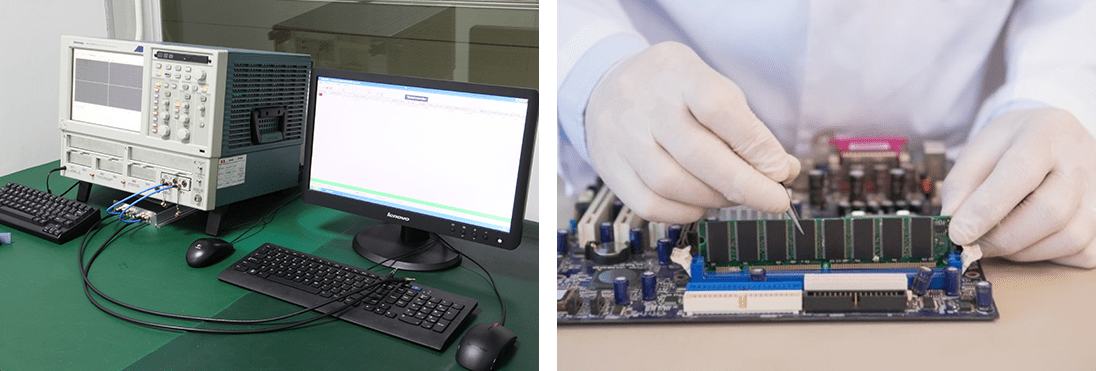For high frequency analogue or digital circuits, it is essential to protect the signals
that propagate on the PCB from being damaged. In fact, signals above 100Mhz are impacted
by trace impedance which, if not properly taken into account, can cause unexpected
errors that are especially difficult to analyse. Luckily, impedance control allows
designers and PCB manufacturers to manage the phenomenon.
What is impedance?
Impedance measures the opposition of an electric circuit when alternating current is
applied to it. It is the combination of the capacitance and the induction of an electric
circuit at high frequency. Impedance is measured in Ohms, similarly to resistance.
However, the two values should not be confused as resistance is a characteristic of
direct current. When a signal passes from a conductor with a given impedance to another
of an identical impedance, the transmission is optimum. On the other hand, if the
impedances are different, reflections and attenuation occur that deteriorate the signal.
